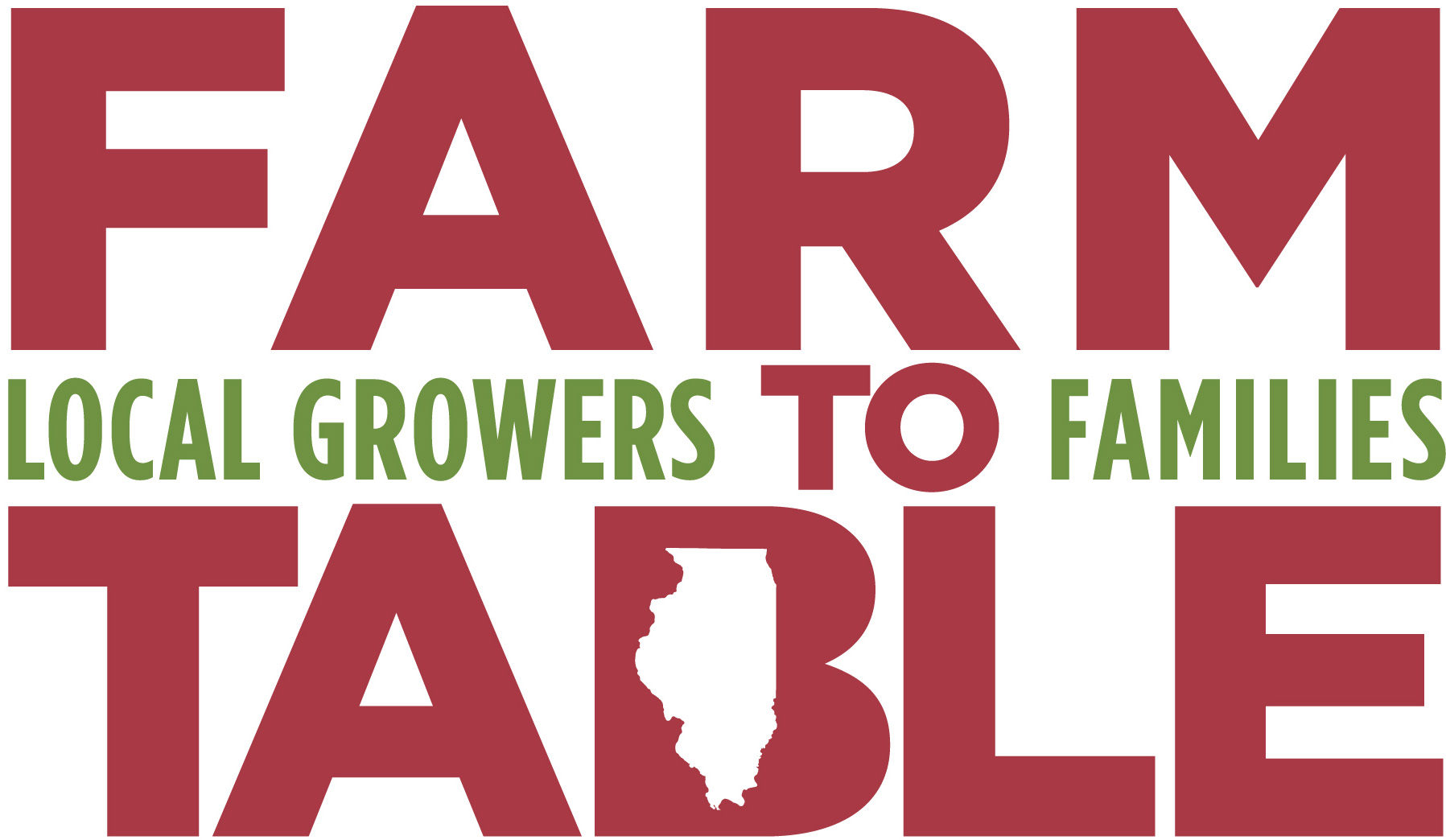Oh, the sweet potato…What an absolute delight! Discover the tasty treat hiding under that earthy brown skin…we bet you won’t regret it.
 (image source: blogs.dickinson.edu)
(image source: blogs.dickinson.edu)
Description
Sweet potatoes are tuberous root vegetables that have smooth skins. They can vary in color, depending on the variety, from pale yellow to deep purple to vivid orange. The flesh of sweet potatoes can range in color from light yellow to pink, red or orange. Sweet potatoes are often confused with yams (often because in the US a sweet potato variety is commonly marketed and sold as a yam).
Nutrition
- Sweet potatoes are fat free, saturated fat free, and cholesterol free.
- Sweet potatoes are also low in sodium.
- Sweet potatoes are a good source of dietary fiber and they contain complex carbohydrates, which means consumption will not cause spikes in blood sugar.
- Sweet potatoes are high in vitamin A, vitamin C, vitamin E, potassium, and iron.
Selection
Choose firm, small- to medium-sized potatoes with smooth skin. Avoid cracks, soft spots and blemishes.
Preparation
Before cooking sweet potatoes, scrub skin with water and trim off any bruised or woody portions.
Ways to enjoy
- Sweet potatoes can be baked, boiled, fried, broiled, canned or frozen.
- Sweet potatoes can also be cooked in the microwave oven.
- Make sweet potato chips, fries, salad, or pancakes.
- Mash, roast, steam, or grill sweet potatoes. Top with a little maple syrup, honey, brown sugar, or lime juice.
Storage
Store sweet potatoes in a cool, dark place for use within 3-5 weeks.
Extras
If you’re eating out, make the switch to sweet potato fries. Numerous restaurants in Champaign-Urbana serve up excellent sweet potato fries.
Recipes
http://www.ncsweetpotatoes.com/component/garyscookbook/
http://www.foodnetwork.com/recipe-collections/sweet-potato/index.html
 (image source: hort.purdue.edu)
(image source: hort.purdue.edu)
Sources
Produce for Better Health Foundation. (2011). Fruit & Vegetable Nutrition Database. Retrieved from http://www.fruitsandveggiesmorematters.org/?page_id=164
North Carolina Sweet Potato Commission. (2011). About Sweet Potatoes. Retrieved from http://www.ncsweetpotatoes.com/



 Photo:
Photo: 







